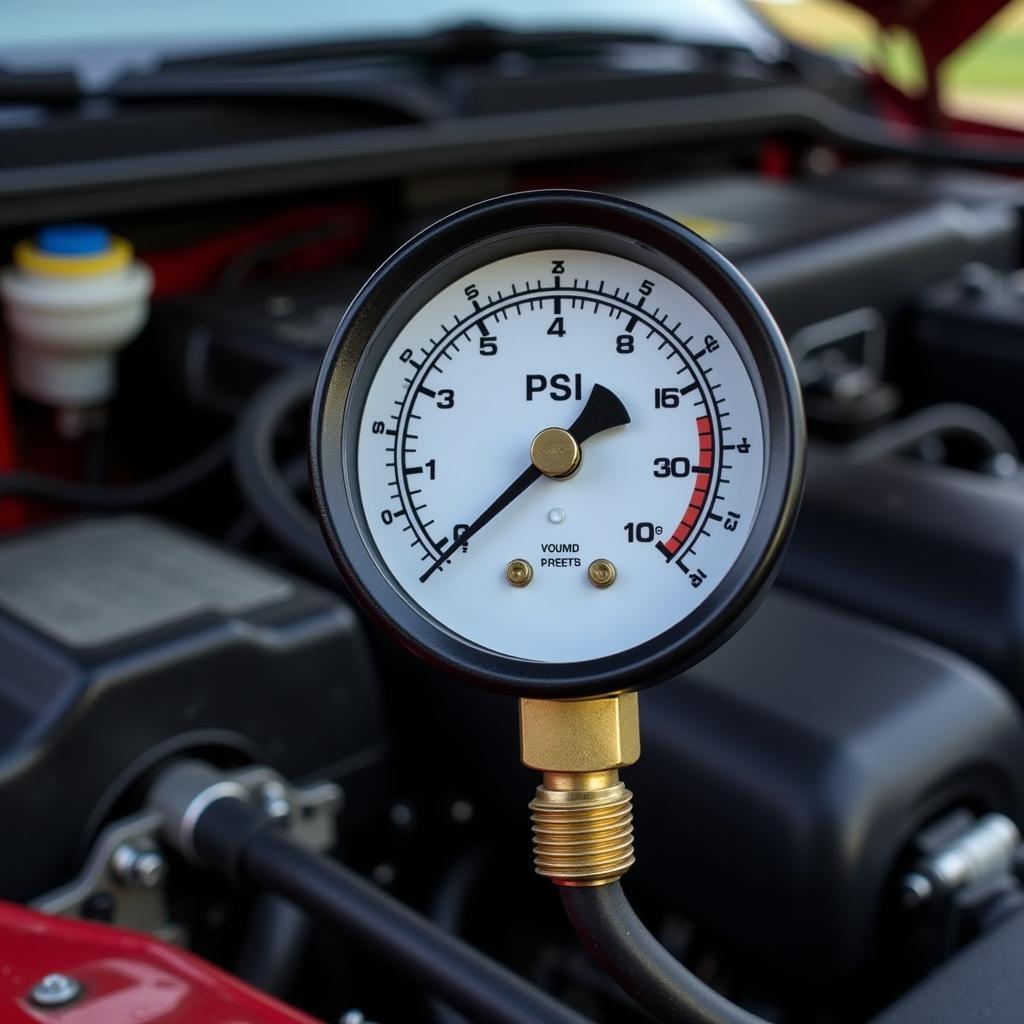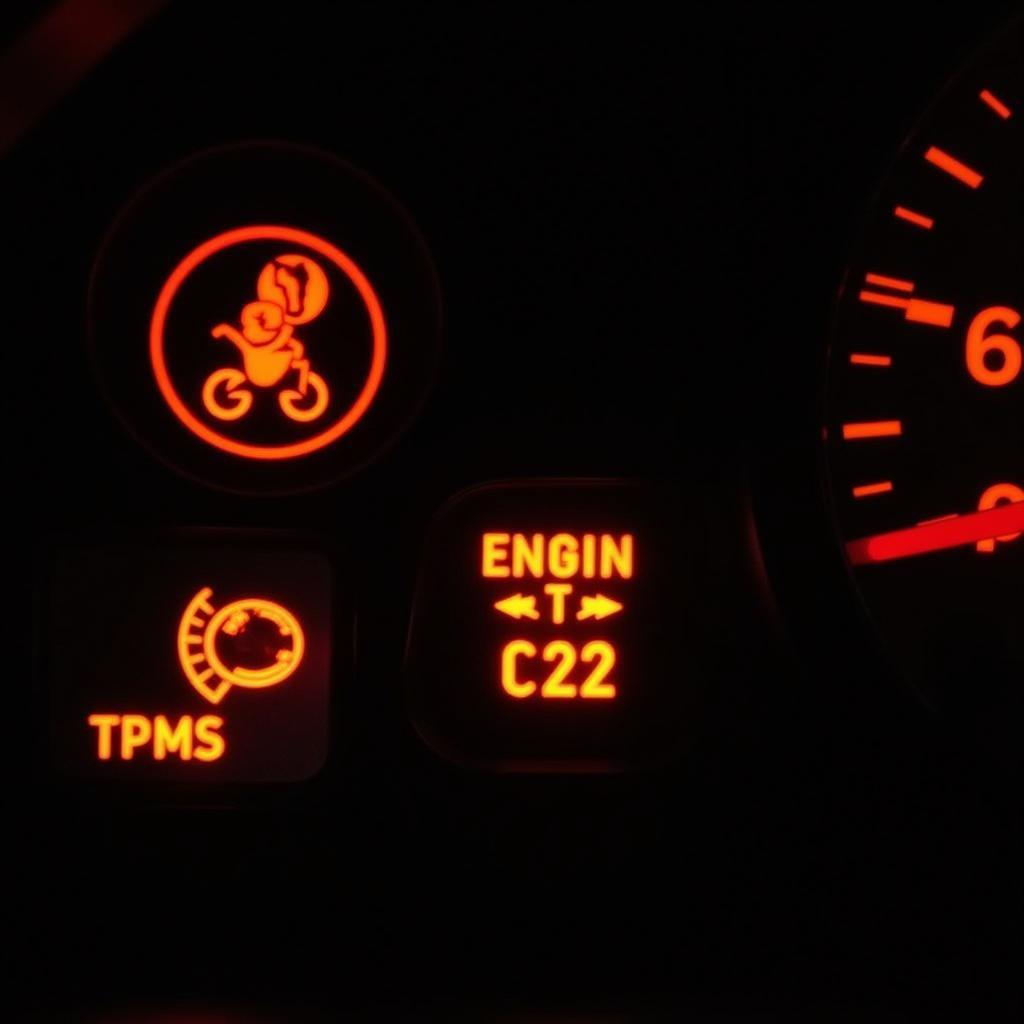PSI, or Pounds per Square Inch, is a unit of measurement you’ll encounter frequently in the world of car diagnostics. Understanding PSI readings related to your vehicle’s systems is crucial for identifying potential problems and ensuring optimal performance.
 PSI Gauge in Car Diagnostics
PSI Gauge in Car Diagnostics
The Role of PSI in Car Diagnostics
Various components within your car rely on specific PSI levels to operate correctly. By using a car diagnostic tool that reads PSI, mechanics and car enthusiasts can pinpoint issues related to:
- Tire Pressure: Arguably the most well-known use of PSI, maintaining proper tire pressure is vital for safe handling, fuel efficiency, and tire longevity.
- Fuel Pressure: The fuel system relies on a precise PSI to deliver the right amount of fuel to the engine. Low fuel pressure can lead to poor acceleration and engine performance.
- Turbocharger/Supercharger Boost: For vehicles equipped with forced induction systems, PSI readings indicate the boost pressure generated, which directly affects engine power output.
- Emissions Systems: Components like the Evaporative Emission Control (EVAP) system utilize pressure sensors to detect leaks and ensure proper vapor control.
 Mechanic Using Diagnostic Tool for PSI Reading
Mechanic Using Diagnostic Tool for PSI Reading
Common PSI-Related Car Problems
Monitoring PSI readings can help identify several common car problems:
- Slow Tire Leak: A gradual drop in tire pressure over time often indicates a slow leak, which can be caused by a nail, a faulty valve stem, or even a slightly cracked wheel.
- Fuel Pump Issues: Consistently low fuel pressure can signal a failing fuel pump, a clogged fuel filter, or a problem with the fuel pressure regulator.
- Boost Leak: In turbocharged or supercharged engines, a drop in boost pressure can indicate a leak in the intercooler, charge pipes, or related hoses.
- EVAP System Leak: An illuminated Check Engine Light with an EVAP-related code may suggest a leak in the system, often accompanied by fluctuating pressure readings.
 Car Dashboard Warning Lights Related to PSI
Car Dashboard Warning Lights Related to PSI
Understanding PSI Readings: What’s Normal?
Normal PSI readings vary significantly depending on the system and vehicle make and model.
- Tire Pressure: Refer to your vehicle’s owner’s manual or the sticker on the driver’s side door jamb for the recommended PSI for your tires.
- Fuel Pressure: Consult a vehicle-specific repair manual or an online resource for typical fuel pressure specifications for your car.
- Boost Pressure: Boost pressure varies greatly depending on the engine and turbocharger/supercharger setup. Factory boost levels can range from 5 to 15 PSI or even higher in performance applications.
Conclusion
PSI plays a critical role in car diagnostics, providing valuable insights into the health and performance of various vehicle systems. Regularly checking and understanding PSI readings, along with utilizing a reliable car diagnostic tool, empowers car owners and mechanics to identify potential problems early on and keep their vehicles running smoothly.

Leave a Reply